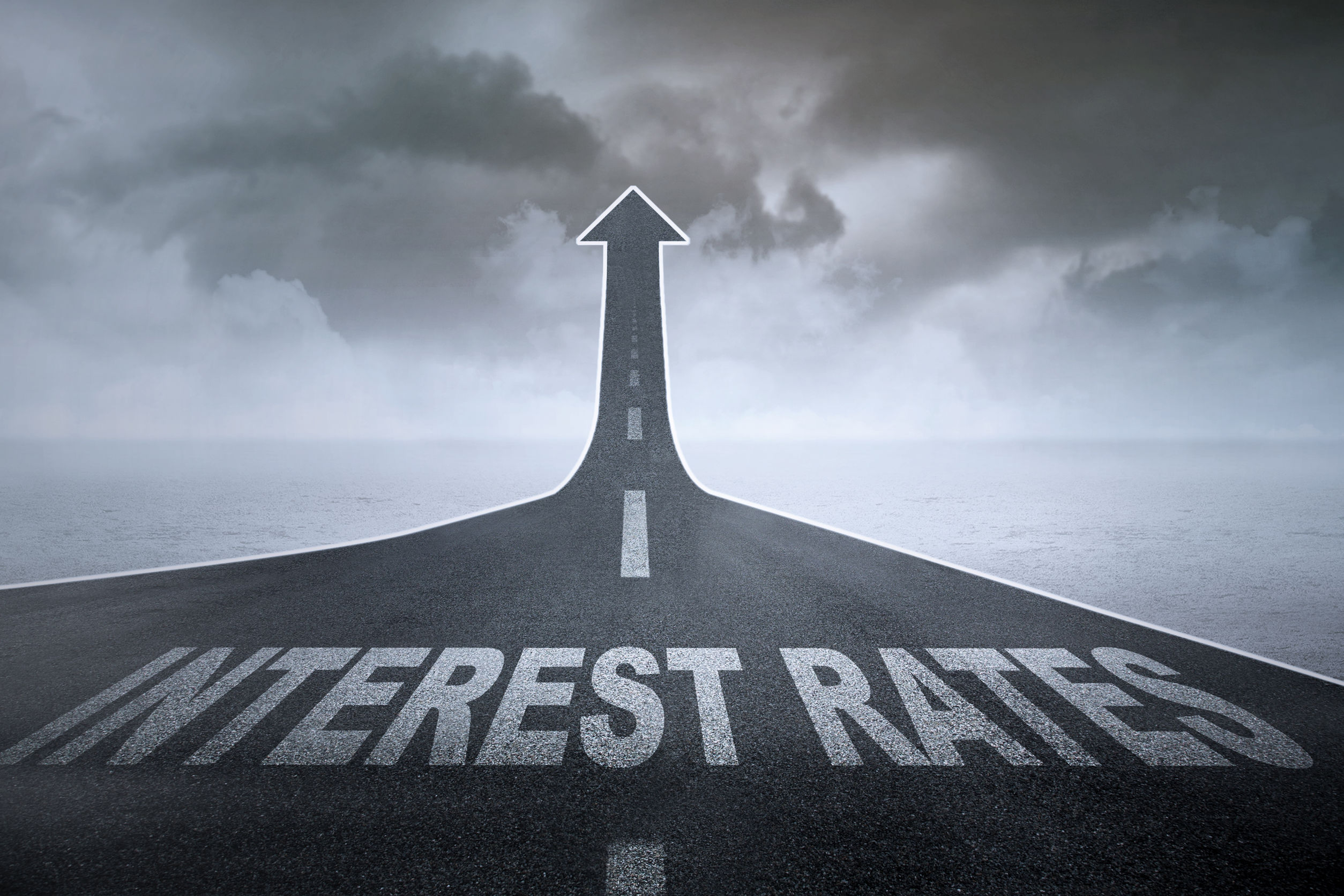Increasing interest rates, where we sit now, and The Fixed-Rate Mortgage Cliff simplified
Interest rates and the current state of the economy, are currently the most talked about topics in the media, and undoubtedly around many barbeques and dinner table conversations.
There are a few concerns that are being expressed, and several economists have raised concerns about where the economy is going.

So, we thought we would give you a bit of an update on some of these areas:
Increasing Interest Rates
The Reserve Bank of Australia (RBA) raised interest rates again for the 10th time, and the Cash Rate is now the highest since May 2012 – nearly ten years ago.
Interest Rates are used as a way to cool down demand within an economy. The concern that many have is the delay in the effect. The usual time for one interest rate rise to take effect is typically three months. So, having 10 of them on the run, coupled with the issue that we won’t see the impact of this one until after the budget is handed down in May 2023.
To give the current rush to raise rates into perspective, we have seen current interest rates increase on the average home loan mortgage rates, with principal and interest for owner occupiers sitting at around 5.10% to 6% (depending on the lender), compared to just 3% in May 2022 (less than 12 months ago).
So, interest rates have nearly doubled. This has already been putting pressure on clients and their cashflows.
The idea of interest rate increases is to reduce inflation. We still don’t know how you can curb inflation when:
- Unemployment is still very low – the lowest since the 1970s.
- In a lot of industries, there are two jobs available for every one person that is looking for work.
- Rental vacancies are low – that is, we don’t have a lot of rentals available.
- Rents are going up because interest rates are going up, so we are in a cycle of increasing costs
- Commercial rents are increasing with CPI as the inflation rate increases. So, this is, again, inflationary.
Interest rates increasing should be good for those with term deposits or bank accounts and earning interest. But those increases will be eroded by the rise in the various cost of living, and any government subsidies won’t keep up with the pace of inflation.
Where do Rates and the Economy Sit Now
The desired outcome for interest rates is to slow the economy down and to bring us to a “soft landing” rather than putting the Australian economy into recession. A recession is not good for an economy, as it usually takes a while to come back out of it.
There are differing views as to when the rate rises will stop. Some predict that we are where we should be and things should stop now. Others don’t believe that the RBA is satisfied.
Our Prime Minister stated in a radio interview this week that:
- he is bringing down the cost of medicines
- the cost pressures are all due to a lack of supply around the world
- he is listening to the people
- he wants to tell it straight
- what else should we expect with a war in Ukraine and Russia, and then a pandemic to delay supply, so no people to come in and do work, and a lack of supply?
This doesn’t give a lot of confidence that our Prime Minister nor Treasurer have any idea about what is happening. They are more interested in pumping more money into Medicare with cheaper medicines and then declaring war on the so-called rich rather than actually addressing the issues at hand.
Dr Shane Oliver, a well-respected economist from AMP, only last week criticised the RBA for going too hard and not considering the slowing activity already. He said this:
“Our view is that the RBA has likely already done enough to cool growth and inflation, and so should pause to allow more time for lags to work, particularly given the run of softer economic data lately.”
Click here to read his entire article.
Our greatest concern is now that we are entering a time when the people that are making the decisions have lost touch with what is happening in Australia.
Due to the higher interest rates, we have been assisting clients with reviewing their interest rates for their home loans or asking for mortgage pauses. We have also been working with clients looking to enter the property market or business owners trying to work out their cashflows. We will be sending emails out with tax planning and other things to do before 30 June in the coming months.
Fixed Rate Mortgage Cliff
There is a lot of talk in the media at the moment about the Fixed Rate Mortgage Cliff that is coming, and that it will put a lot of pressure on households (which it will no doubt), and that this will cause a lot of people to have forced sales.
As with most things, the “experts” often try to put fear into people – as they often say, “Fear Sells”.
That is not to dismiss that real pain has already been coming, and for those on Fixed Rates, it will be a bigger shock to the system. For many clients, we recommended fixing for 3 to 4 years (and sometimes 5 years) from 2021 or 2022, as it became clear that interest rates could not stay low for as long as the Reserve Bank advised. If we cast our memory back, the Reserve Bank advised that they didn’t see rates going up until 2024. As we said before, this was another case of people in high places losing touch with the reality on the ground.
We have reviewed a recent article from CoreLogic (who do a lot of analysis on property prices and maintain the database around the country for sales etc.), and they have simplified what the Fixed Rate Mortgage Cliff is all about.
A few high-level points:
- Approximately 35% of all residential lending is on fixed rates. Some of those were during the period, but not all. The media has been making out that all loans have been fixed, but that is not the case.
- The most pain will come for those that come off fixed rates in the next 3 to 6 months.
- Variable rates could come down by the end of the year if the RBA has reacted too high and they need to stimulate the economy. So, some clients who are later in 2021, or for longer than 2 or 3 years in 2021, or fixed in 2022 may not be in for the same shock as those coming out sooner.
- The fallout may not hit the formal records for some time.
The full CoreLogic report is available here for those that like to read and review more in-depth information.
As we usually advise clients: Hold on where you can. Sometimes the hype is worse than the actual event.
We are here to help
We are here to assist and help clients, so if you are in doubt or want to run some ideas past us, please contact us, and we can see how we can assist you



